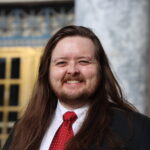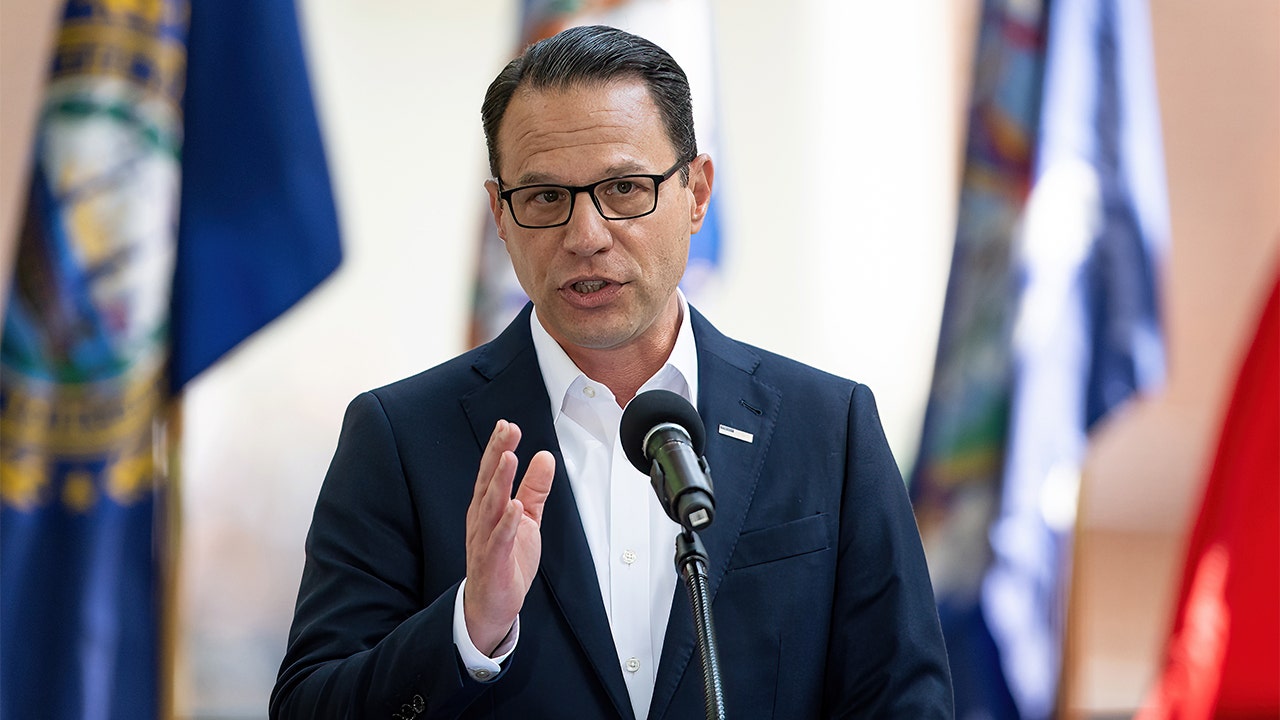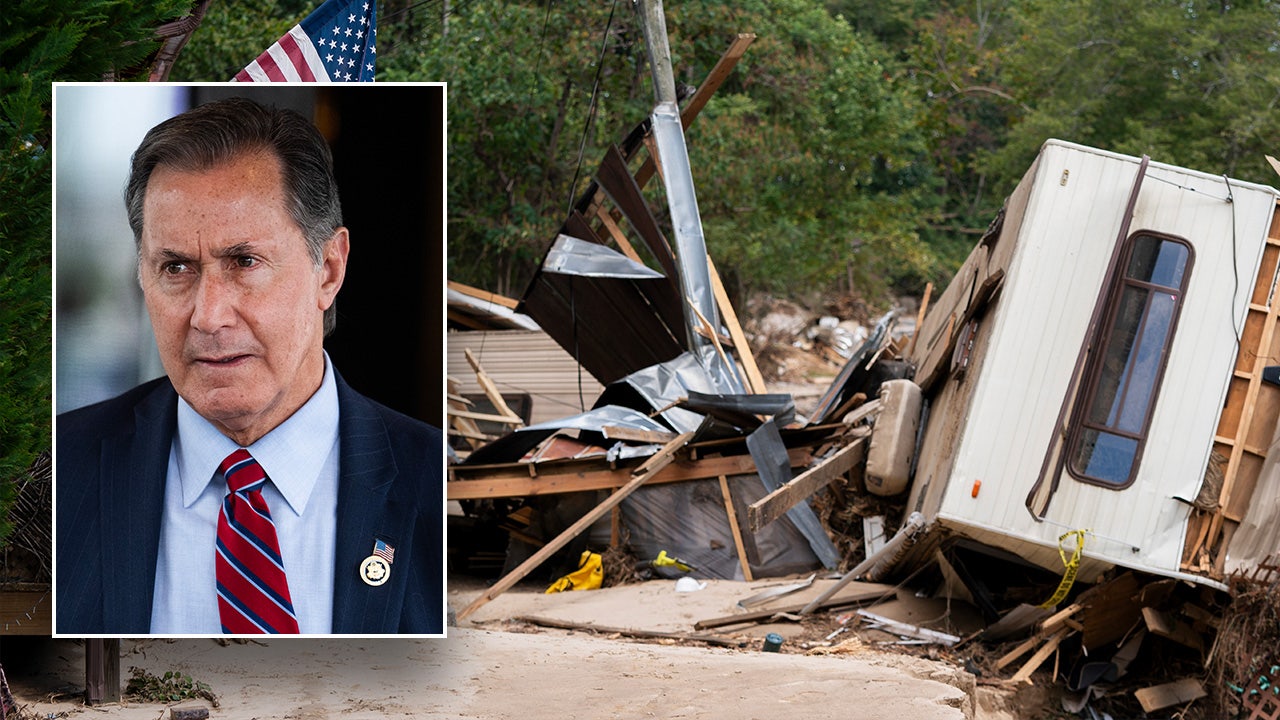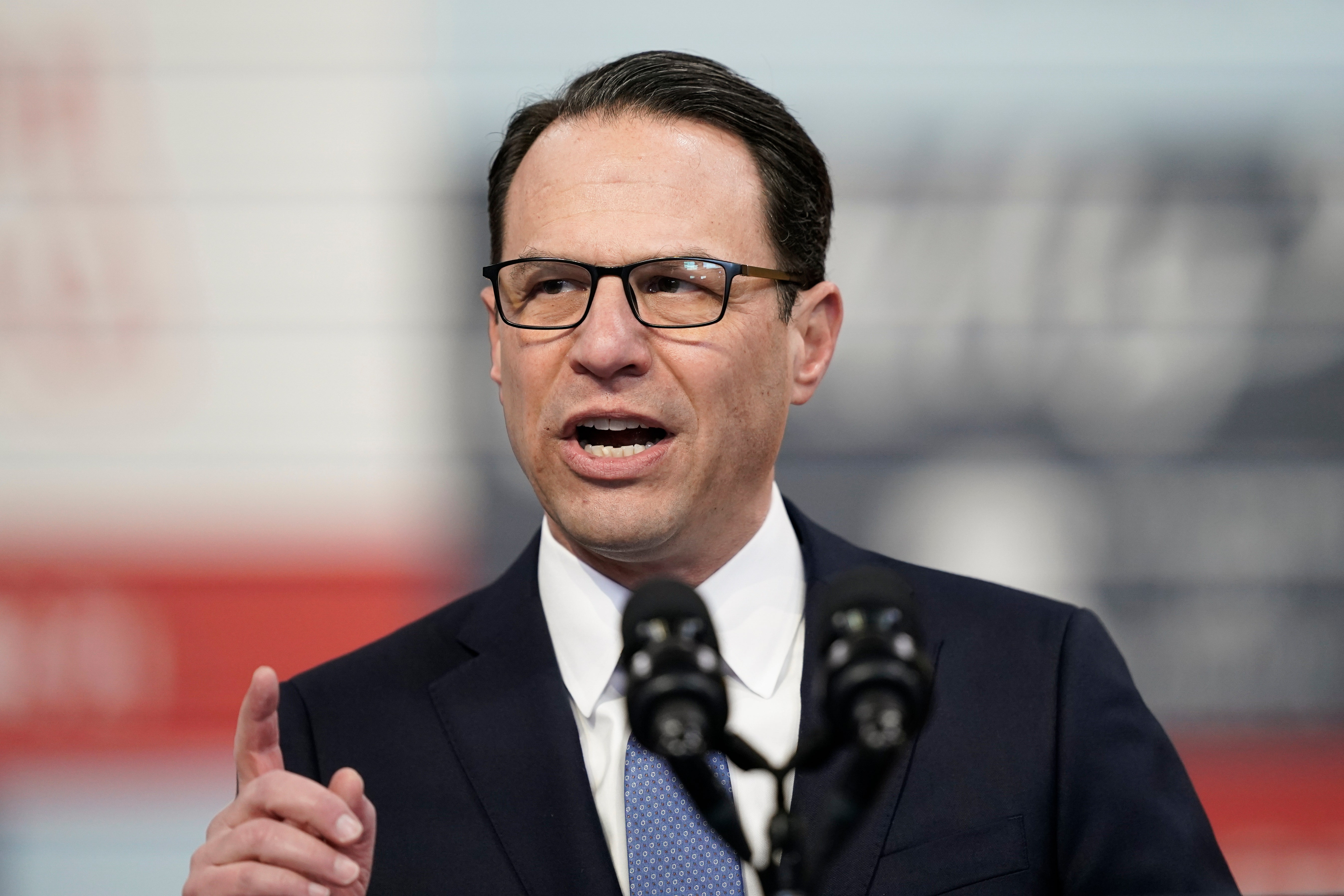Alaska
What dinosaur tracks tell us about life in ancient Alaska

A team of scientists from the University of Alaska Fairbanks has uncovered a treasure trove of dinosaur tracks in Denali National Park and Preserve. The site, named “The Coliseum” by the researchers, is the largest of its kind in Alaska and reveals a rich diversity of prehistoric life.
The Coliseum
The Coliseum spans an area equivalent to one-and-a-half football fields and contains hundreds of tracks preserved in layers of rock. The site records the activity of multiple dinosaur species over thousands of years, dating back to nearly 70 million years ago. The researchers published their findings in the journal Historical Biology.
The site was not easy to spot at first, as it is hidden among the towering cliffs of the park. The lead author of the paper and a former UAF graduate student, Dustin Stewart, said that the site was not just one level of rock with tracks on it but a sequence through time. He said that up until now, Denali had other track sites that were known, but nothing of this magnitude.

Alaska
YWCA recognizes Alaska’s women leaders at annual awards ceremony

ANCHORAGE, Alaska (KTUU) – YWCA Alaska hosted its 35th annual Women of Achievement Awards in Anchorage on Monday.
The event celebrates those who have lived up to the YWCA’s mission of empowering women, combating racism, and promoting social justice.
Selected awardees have served as leaders and mentors, and have worked to better their communities.
Ten women were recognized this year, ranging from local business owners, doctors, to corporate executives and more.
2024 awardees included:
- Dr. Robin Bronen, Executive Director of Alaska Institute for Justice
- Aleesha Towns-Bain: Executive Director, Bristol Bay Foundation
- Elizabeth Miller: Vice President of Development and Communications, Alaska Community Foundation
- Dr. Jillian Woodruff: Cosmetic Gynecologist, Modern Gynecology & Skin
- Krystal Nelson: EVP & COO, Bering Straits Native Corporation
- Linda Leary: Owner/Principal, Linda Leary Consulting
- Minoo Minaei: Community Leader, Anchorage, AK
- Angie Astle: Chief Financial Officer, Chugach Alaska Corporation
- Christa Bruce: Community Leader, Ketchikan, AK
- Dr. Stephanie Eklund: Senior OB-GYN and Medical Director, Southcentral Foundation and Providence
Additionally, YWCA Alaska Advocacy Committee member Jason Norris was presented with the Special Ambassador Award.
Awardees will work closely with the YWCA over the next year to continue to uphold those values.
Ivy Spohnholz, a former YWCA Alaska board member and 2016 Women of Achievement Awardee,
“We know that our communities are healthier, stronger and happier when every person brings their whole, unique strengths, skills and experiences to bear on the challenges that we have,” Spohnholz said. “This amazing group of leaders demonstrates that principle of a leader in every chair and space.”
To learn more about YWCA Alaska, click here.
See a spelling or grammar error? Report it to web@ktuu.com
Copyright 2024 KTUU. All rights reserved.
Alaska
What to expect from the 34th Alaska Legislature

Votes are still being counted, but lawmakers in the Alaska Legislature have already formed majorities and are outlining their priorities.
Here’s what to expect from the 34th Alaska Legislature.
In the House, the times are a-changin’
The House looks poised to flip from Republican-led control to a coalition made up mostly of Democrats and independents. That means, assuming the majority holds, Alaskans can expect a very different set of priorities from the last two years.
The leadership put out a list of their top four in an announcement naming the chamber’s leaders. No. 1 is a balanced budget that doesn’t exceed the statutory 5% annual draw on the Alaska Permanent Fund.
No. 2 is “stable public education funding to reduce class sizes and improve outcomes,” according to the news release announcing the new caucus.
“We have a situation where schools aren’t being able to meet their core functions, their core requirements in terms of providing a quality public education,” said the bipartisan majority’s speaker-to-be, Rep. Bryce Edgmon, I-Dillingham. “We want to take a good, hard look at that.”
Close behind is what the incoming House majority is calling “retirement reform.” Hundreds of positions across the state are vacant, from teachers and police officers to snowplow drivers and ferry workers. Chuck Kopp, R-Anchorage, the incoming House majority leader, said one reason for that is the state’s 401(k)-style retirement system.
“We went from being the most attractive state in the union for teachers to, we’re at the very bottom of the list with no social security, no pension, and a 401(k)-only [retirement plan] where, after a 25 year career, you’re lucky if you have $80,000 in your account,” Kopp said.
Last session, the Senate passed a bill that would have moved public-sector workers back to a defined benefit pension plan from their current so-called Tier IV plan, which functions similarly to a 401(k). But, citing dueling financial analyses of the plan that came up with wildly different cost estimates, the Republican-led House majority caucus prevented the pension bill from reaching the House floor.
Edgmon stopped short of endorsing last session’s Senate pension plan — but he said it’ll get a “hard look.”
Republicans hold out hope for House control
Republicans have consistently said the Edgmon-led coalition is getting ahead of itself — there are some races that aren’t quite settled as of the latest update Saturday afternoon, including an House race where incumbent Rep. Cliff Groh, D-Anchorage, leads Republican challenger David Nelson by a handful of votes. They’re hopeful that they might be able to come up with a majority led by Republicans.
At the same time, at least some House Republicans share some of the same goals of the Democrat-heavy bipartisan coalition — even if they don’t necessarily agree on the best way forward. Rep. Will Stapp, R-Fairbanks, who was in the Republican-led majority last time around, said the 401(k)-style plan is clearly in need of improvement.
“I think the Tier IV system is probably inadequate for many Alaska employees, you know, state and local, teachers, et cetera,” Stapp said. “You should certainly look to enhance the retirement system to ensure that you can better retain employees in Alaska, although I will say that really needs to be couched in actuarial risk.”
Stapp said his biggest priority is addressing energy costs, another of the Edgmon-led coalition’s four goals.
In the Senate, meet the new boss, same as the old boss
The leadership of the Senate looks almost identical to the past two years. It has the same president, same Rules Committee chair, and the same majority leader: Sen. Cathy Giessel, R-Anchorage.
“I see the priorities being pretty much what they were last year with slight modifications,” Giessel said.
For now, Giessel said it’s a bit too soon to say exactly what the Senate will prioritize — majority lawmakers are planning a retreat before the session to talk things through. But like House leadership, Giessel said a balanced budget is at the top of the list, along with reining in energy costs. And Giessel said she’d, of course, be “thrilled” to carry a pension bill through the Senate again, as she did during the last session.
Boosting education funding for public schools, just like the House, is another big focus for the Senate majority. Sen. Löki Tobin, D-Anchorage, who chaired the Senate Education Committee last year, said a boost in per-student funding would go a long way toward helping Alaska’s students do better.
“We know that the base student allocation is how our schools are able to deploy the right tactic and technique when needed and necessary,” Tobin said. “That is going to be a strong focus over the next two years, helping ensure that our schools have the resources to do the things we’re asking them to do.”
Another priority for Senate leadership is election reform. The Senate Rules Committee chair, Sen. Bill Wielechowski, D-Anchorage, said he’d like to revive elements of bills that have stalled in the closing days of recent legislative sessions.
“I think that the big issues continue to remain the witness signature requirement, ballot curing, and then just ensuring the security and integrity of the election process,” Wielechowski said.
The Senate majority looks a lot more secure than the House’s bipartisan caucus, but it might be a bit smaller this time than last. Sen. Shelley Hughes, R-Palmer, said she’s optimistic the all-GOP minority will reach the five-member minimum to get seats on Senate committees, which could give them more influence.
“Having a seat at the committee tables is one more opportunity to be able to get things done,” Hughes said.
Alignment in the House and Senate sets up conflicts with the executive branch
The bipartisan Senate majority last session frequently found itself at odds with Republican Gov. Mike Dunleavy. Now that the majorities in the House and Senate will likely be in relative alignment, that could set up some conflicts with the executive branch.
But Edgmon, the incoming House speaker, said he’s optimistic.
“There’s common ground out there that we can all sort of get to,” he said. “The challenge will be to try to find it and to work towards getting something through the legislature that the governor can ultimately support, that we think meets the objectives of everyone.”
At the same time, it’s also not clear exactly who will be in the governor’s mansion come January — there’s no shortage of speculation that Dunleavy will leave to join the Trump administration, which could scramble the dynamics.
The 34th Alaska Legislature convenes Jan. 21.

Eric Stone covers state government, tracking the Alaska Legislature, state policy and its impact on all Alaskans. Reach him at estone@alaskapublic.org and follow him on X at @eriwinsto. Read more about Eric here.
Alaska
America's northernmost town enters polar night Monday as sun won't shine again until January

Photographer Mark Mahaney traveled to Utqiagvik, Alaksa, in 2019 to capture the final days of the season’s polar night. He documented the darkness for 12 days.
UTQIAGVIK, Alaska – America’s northernmost town is about to experience the annual phenomenon of polar night.
Starting at 1:27 p.m. AKST Monday, the sun will set for the final time this year in Utqiaġvik, Alaska, plunging the town into 64 days of complete darkness. It won’t rise again until Jan. 22 at 1:15 p.m.
Utqiaġvik is about 500 miles northwest of Fairbanks, which does not experience this complete lack of daylight.
HOW DO ALASKANS COPE WITH NEARLY ALL-DAY DARKNESS IN WINTER, ALL-NIGHT DAYLIGHT IN SUMMER?
The sun sets beyond the frozen, snow covered Arctic Ocean in Utqiavik, Alaska, on April 9, 2019.
(Bonnie Jo Mount/The Washington Post via Getty Images)
While the town won’t be entirely dark, civil twilight will provide a few hours of dim light during what would typically be daytime. This period, when the sun’s center is within 6 degrees below the horizon, offers a unique opportunity for stargazers to witness the celestial wonders unobstructed.
HOW TO RECOGNIZE SEASONAL AFFECTIVE DISORDER AS WINTER APPROACHES
Utqiaġvik, Alaska had it’s first sunrise of 2024 on Tuesday after 66 days of darkness.
This extreme darkness can significantly impact residents’ mental and physical health. Many rely on vitamin D supplements and light therapy lamps to mitigate the effects of prolonged darkness.
However, the return of daylight in the spring, culminating in the mesmerizing midnight sun, brings renewed energy and vitality to the community.
-

 Business1 week ago
Business1 week agoRef needs glasses? Not anymore. Lasik company offers free procedures for referees
-

 News1 week ago
News1 week agoHerbert Smith Freehills to merge with US-based law firm Kramer Levin
-
/cdn.vox-cdn.com/uploads/chorus_asset/file/25724877/Super_Nintendo_World.png)
/cdn.vox-cdn.com/uploads/chorus_asset/file/25724877/Super_Nintendo_World.png) Technology1 week ago
Technology1 week agoThe next Nintendo Direct is all about Super Nintendo World’s Donkey Kong Country
-
Business6 days ago
Column: OpenAI just scored a huge victory in a copyright case … or did it?
-

 Health6 days ago
Health6 days agoBird flu leaves teen in critical condition after country's first reported case
-

 Business2 days ago
Business2 days agoColumn: Molly White's message for journalists going freelance — be ready for the pitfalls
-

 Technology1 week ago
Technology1 week agoHow a researcher hacked ChatGPT's memory to expose a major security flaw
-
Politics1 week ago
Editorial: Abortion was on ballots across the country in this election. The results are encouraging





















